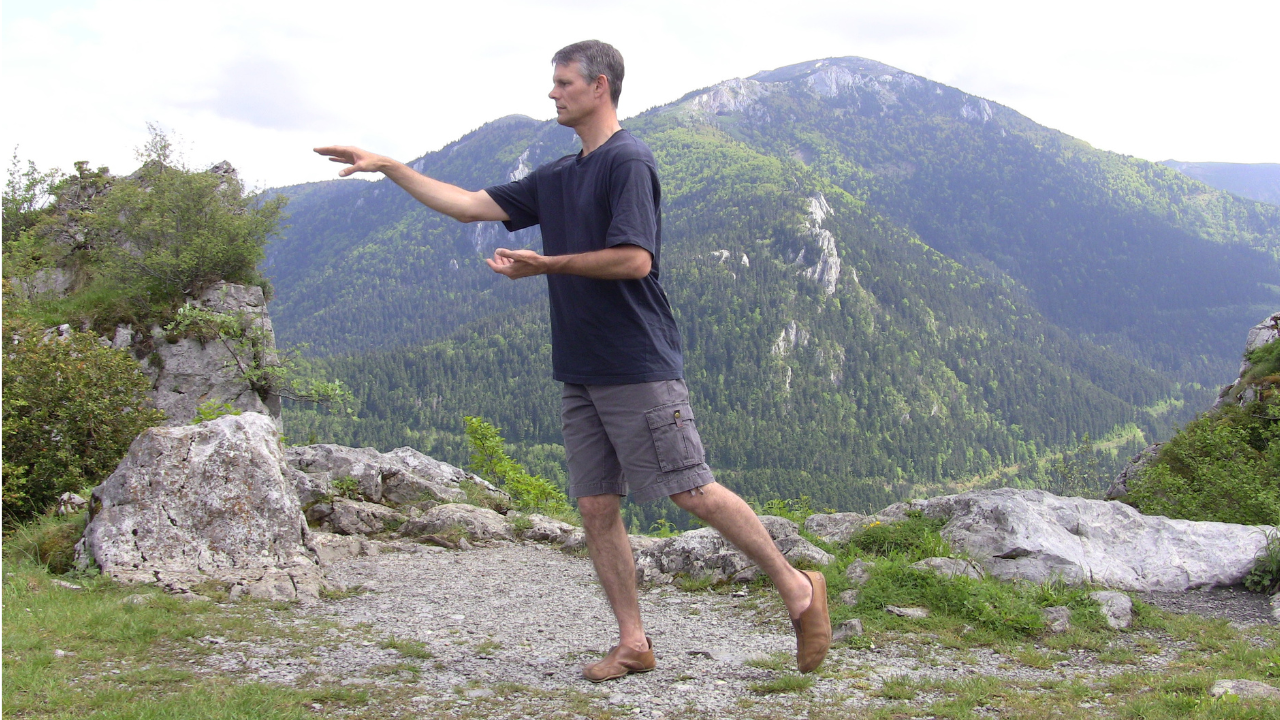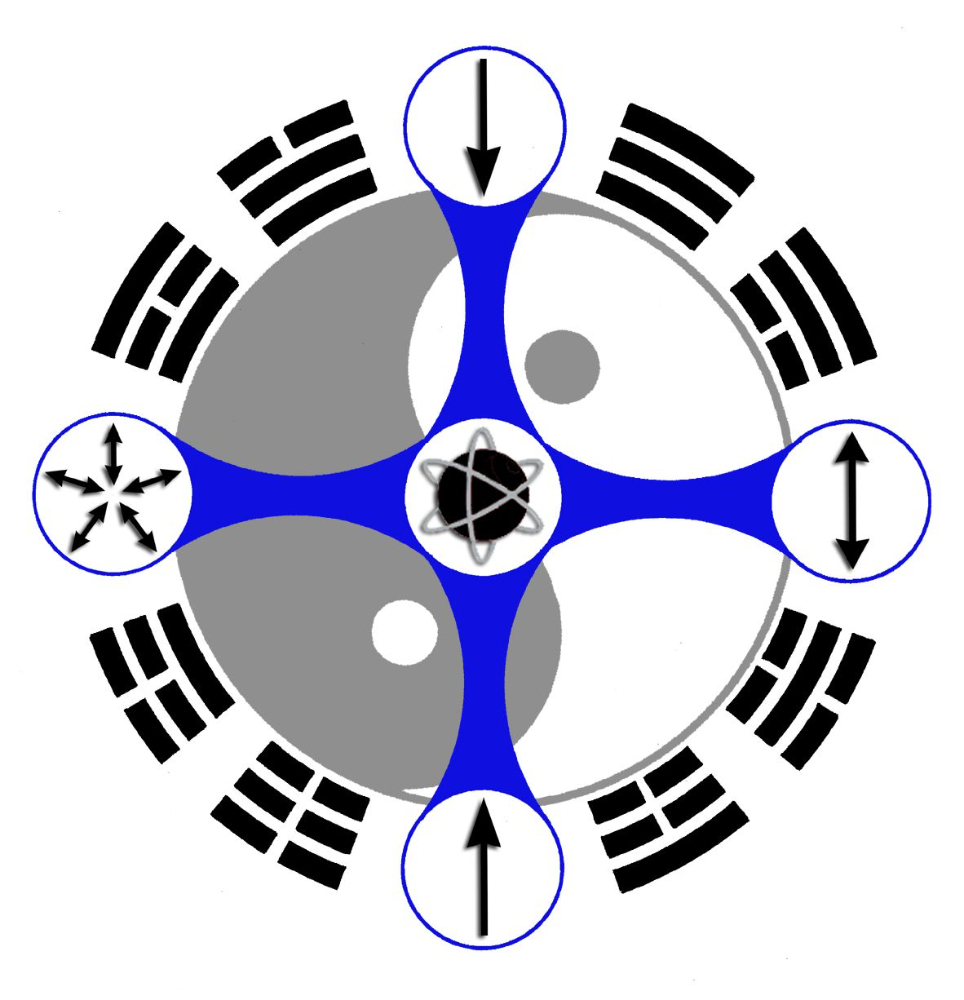Dragon & Tiger Qigong: Three Phases of Developing Your Qi (Part 2 of 5)
Sep 18, 2024
By Paul Cavel
Dragon and Tiger Medical Qigong includes many layers and levels of energetic development, which can take a practitioner deep into the realms of qi. But in order to get the most out of your practice, there are three distinct phases that must be followed to allow you to reach your full potential with the art.
Phase One: Catch the Flow
You start by learning the basic movements with incredible softness. In the beginning, you can ignore being precise in order to focus on generating a sense of letting go and flow.
Phase Two: Add Precision
Slowly and incrementally make your movements more precise — without losing the softness you have developed in the first phase.
Phase Three: Feel, Contact & Mobilise Your Qi
Feel, contact and mobilise your qi in particular ways and through specific pathways throughout the set — without losing either the softness or precision that you have developed in the first two phases.
Qigong Versus Neigong
From the outset, Five Element neigong (e.g. Taoist Neigong and Heaven and Earth) is meant to be practised in quite a precise way. Although you always want to practise as softly as possible, the aim is to affect the deeper structural connections and channels of the body. This requires a good degree of accurate movement — right from the start. With neigong, sloppy movements just do not cut it for engaging deep internals and energetics.
Dragon and Tiger Qigong is different. Here you are first connecting to the energy of your etheric field, or what is often referred to as the “aura”, the first/outer layer of energy that encompasses your physical body. Over time, you aim to sink deeper into the layers of your energy, until you finally arrive at your core.
-
With neigong, you are working from the inside out, whereas
-
with qigong, you are working from the outside in.
The focus starts from a different place, but with soft, precise and continued practice, qigong can help you develop real skill with internal/energetic techniques and incorporate a lot of neigong content — albeit through a different methodology.
Sensitising Yourself to Qi
For these reasons, precision is not required in the first phase of training qigong, but softness absolutely is.
Softness, smoothness and creating a sense of continuum is what allows you to become sensitive to your qi.
Once you can feel your qi, then you can contact, mobilise and develop that qi. This is why the first phase of Dragon and Tiger — almost entirely overlooked by neigong practitioners who are conditioned to go for precision — is so important. You must develop soft, smooth and continuous motion throughout the seven exercises of Dragon and Tiger in order to sensitise yourself to qi. Once the door is opened, you can connect with and begin manipulating your etheric field to influence your health and well-being for the better.
Once the first phase is under way, then you slowly and progressively become more precise with your movements — without compromising the soft, light quality of your practice or losing your connection to your etheric field. The etheric field is connected to your skin and your wei qi, located just under the skin, and it is through the manipulation of the etheric field that you can grab your wei qi — one of the primary qi development tools of Dragon and Tiger Qigong.
However, before you can grab your wei qi, you must first develop the qi of the skin — also overlooked by many practitioners. This is the initial point of contact to the physical body from the etheric field. This is done by tracing the qi lines of the body with the hands; hence the need for precision. Without accurate placement of the hands, you will not connect to the qi lines (or channels), but without soft, continuous motion, you will not connect to and mobilise your qi either. So first connect to your qi and then practise to generate ever-more refined motion to connect to the qi lines.
With the first phase in place, you will notice a change in your energy after a practice session, and with the second, a jump in your qi; of course this is only IF you maintain the quality of the first phase. When the first two phases come together as one, you will naturally move into the third phase, where the fun begins.
In Part 3, we’ll look at Phase Three of developing your qi…
DRAGON & TIGER QIGONG ENERGETICS
Online course now open:
All students welcome — this is an excellent introduction to qigong and qi-based movement arts
Join a course — online or in person — to learn how the Water Method can help you overcome physical, energetic, emotional and mental traumas, to become stronger and feel more alive!

